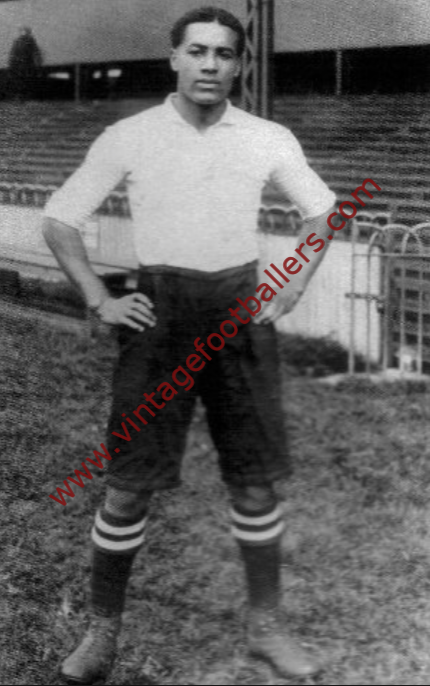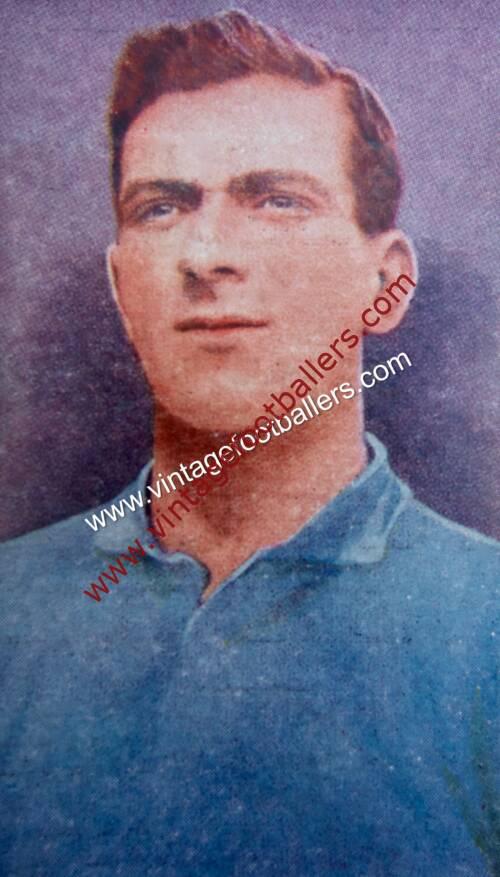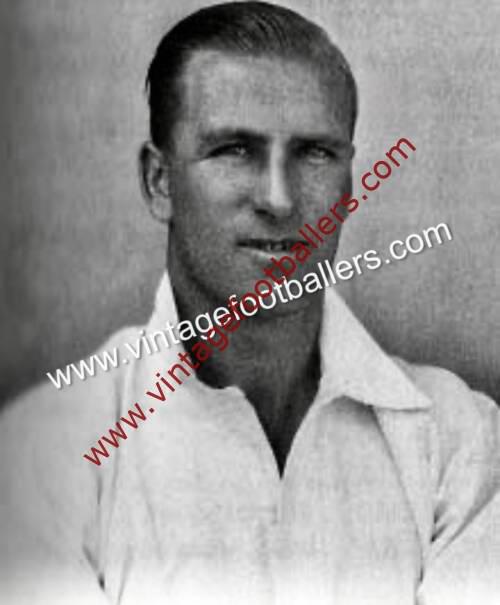Please choose your photo size from the drop down menu below.
If you wish your photo to be framed please select Yes.
Note: 16″x 20″not available in a frame.
Images can also be added to accessories. To order please follow these links
£8.95 – £49.95
Please choose your photo size from the drop down menu below.
If you wish your photo to be framed please select Yes.
Note: 16″x 20″not available in a frame.
Images can also be added to accessories. To order please follow these links
Folkestone, Kent born wing half Walter Tull began his professional football career after he was spotted playing for top amateur club, Clapton F.C.. He had signed for Clapton in October 1908, reportedly never playing in a losing side. By the end of the season he had won winners’ medals in the FA Amateur Cup, when Clapton beat Eston United 6-0 in the 1909 Final, the London County Amateur Cup and the London Senior Cup. In March 1909 The Football Star called him “the catch of the season”.
Tull signed for First Division Tottenham Hotspur, in the summer of 1909, after a close-season tour of Argentina and Uruguay, making him the first mixed heritage professional footballer to play in Latin America. Tull made his Football League debut at inside forward against Sunderland in September 1909, making him the third mixed-heritage player to play in the top flight (after goalkeeper Arthur Wharton of Sheffield United and Billy Clarke of Aston Villa). He made his home debut against FA Cup holders, Manchester United, in front of over 30,000.
His excellent form in this opening part of the season promised a great future. Tull made only 7 first team appearances in the autumn of 1909, scoring at Bradford City, before he was dropped to the reserves. This may have been due to the racial abuse he received from opposing fans, particularly at Bristol City, whose supporters used language “lower than Billingsgate”, according to a report at the time in The Football Star newspaper.
The match report of the game away to Bristol City in October 1909 by Football Star reporter, “DD”, was headlined “Football and the Colour Prejudice”, possibly the first time racial abuse was headlined in a football report. “DD” emphasised how Tull remained professional and composed despite the intense provocation; “He is Hotspur’s most brainy forward … so clean in mind and method as to be a model for all white men who play football … Tull was the best forward on the field.” However three weeks later Tull was dropped from the first team and found it difficult to get a sustained run back in the side.
Three further appearances in the first team followed in 1910-11 with Tull scoring in a 1-1 draw with Manchester City two days after Christmas, 1910, before Tull was bought by Southern League Northampton Town on 17th October 1911 for a “substantial fee” plus Charlie Brittain joining Tottenham Hotspur in return. Tull made his debut four days later against Watford, and made 111 first team appearances over the next three years, scoring nine goals for the club.
At the start of the First World War Tull became the first Northampton Town player to enlist in the British Army, in December of that year. Tull served in the two Football Battalions of the Duke of Cambridge’s Own (Middlesex) Regiment, the 17th and 23rd, and also in the 5th Battalion. He rose to the rank of lance sergeant and fought in the Battle of the Somme in 1916. When Tull was commissioned as a Second Lieutenant on 30th May 1917, he (apparently) became the first mixed heritage infantry officer in a regular British Army regiment, when the 1914 Manual of Military Law excluded soldiers that were not “natural born or naturalised British subjects of pure European descent” from becoming commissioned officers in the Special Reserve.
With the 23rd Battalion, Tull fought on the Italian Front from 30th November 1917 to early March 1918. He was praised for his “gallantry and coolness” by Major-General Sydney Lawford, General Officer Commanding (GOC) 41st Division, having led 26 men on a night-raiding party, crossing the fast-flowing rapids of the Piave River into enemy territory and returning them unharmed, and in a letter of condolence to his family The commanding officer of the 23rd Battalion, Major Poole and his colleague Second Lt Pickard both said that Tull had been put forward for a Military Cross. Pickard wrote “he had been recommended for the Military Cross, and certainly earned it.” However, the Ministry of Defence has no record of any recommendation. It would have been against army regulations for serving officers to inform an officer’s next of kin that their relative had been recommended for, and refused, an honour.
Tull and the 23rd Battalion returned to Northern France on 8th March 1918. He was killed in action near the village of Favreuil in the Pas-de-Calais on 25th March during the First Battle of Bapaume, the early stages of the German Army’s Spring Offensive. His body was never recovered, despite the efforts of, among others, Private Tom Billingham, a former goalkeeper for Leicester Fosse to return him to the British position while under fire. He was one of eight Northampton Town players to serve their country and lose their lives during the conflict.
| Weight | N/A |
|---|



